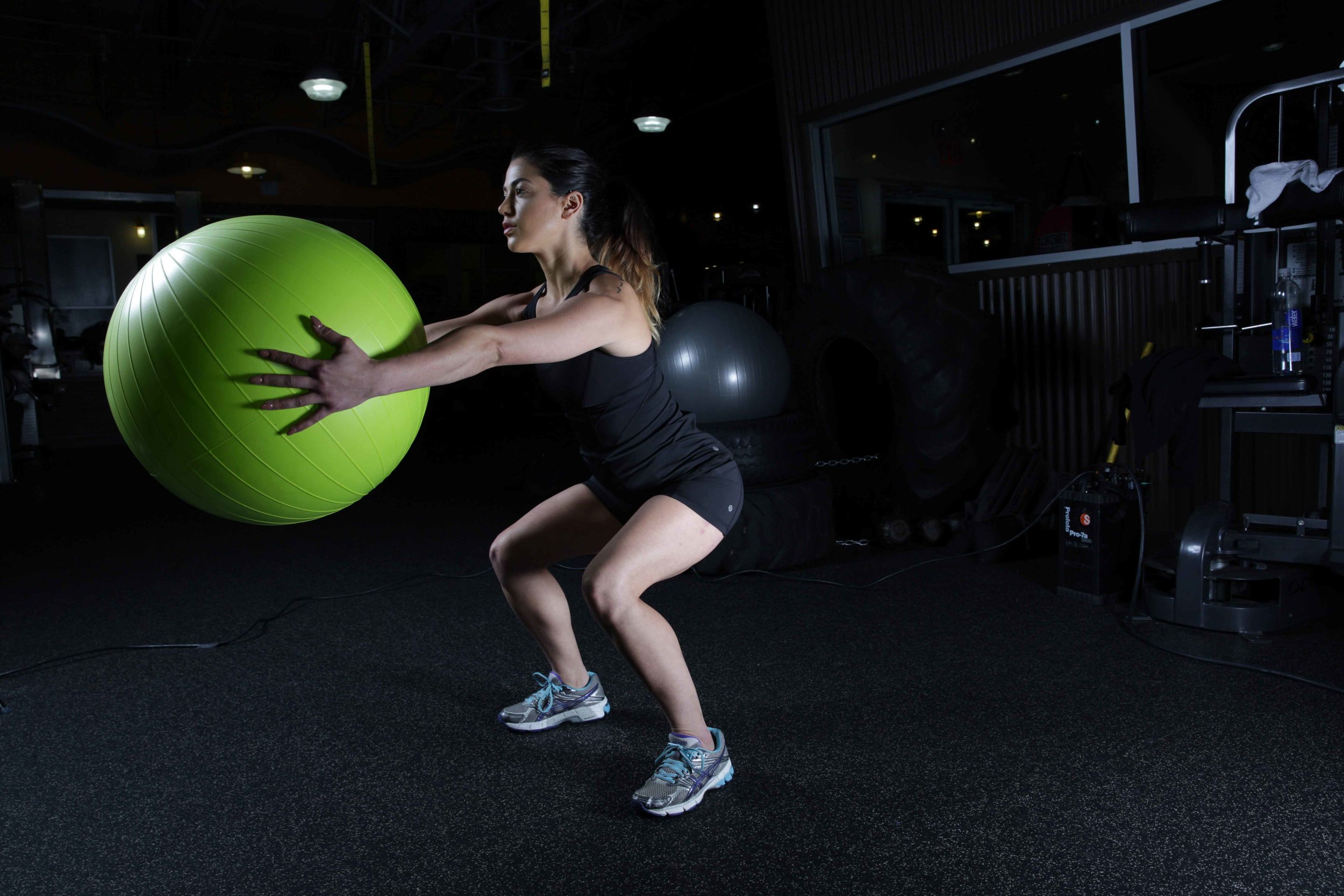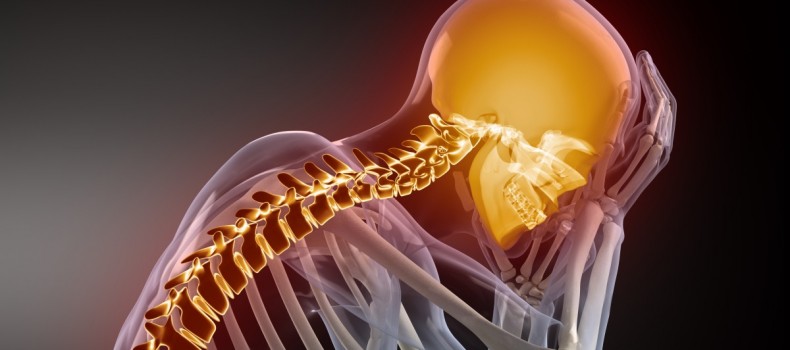
Brooklyn Physical Therapy News- Evolve NY
Top 5 Exercises to Get Rid of Headaches
5 Best Exercises to get rid of headaches- While headaches can range from being a nuisance to being excruciating, there may be a way to find relief through movement, if you meet certain criteria. The vast majority of headaches are not due to underlying conditions. However, there are certain symptoms that should prompt you to see your doctor:
5 Best Exercises to Get Rid of Headaches
While headaches can range from being a nuisance to being excruciating, there may be a way to find relief through movement, if you meet certain criteria. The vast majority of headaches are not due to underlying conditions. However, there are certain symptoms that should prompt you to see your doctor:
Very severe headache that comes on suddenly
Headache made worse while coughing, sneezing, changing positions
Constant headache in the same location of your head
Headaches accompanied by tingling of the face, fever, chills, weight loss, night sweats
If you are not experiencing any of the above symptoms, you may be experiencing a muscle contraction headache. This is a type of tension headache correlated with clenching the muscles in the head. While the cause of this headache is unknown, there are some factors that may contribute as a trigger for them. Some of these include poor posture, anxiety or stress, dehydration, eye strain, and excessive alcohol consumption or smoking. These factors prompt the head muscles to tighten up, leading to pain.
You may also be experiencing a cervicogenic headache. These stem from upper cervical issues of the segments, ligaments, and muscles on the sides and back of your neck. These make up about 20% of people's headaches. They are commonly one sided and start from the back of the neck going up around the temples. These are a mechanical dysfunction, and can be treated with certain exercises.
Here are 5 exercises you can try at home to find some relief from headache pain caused by tension, stiffness, and tightness in the neck and shoulders:
Chin Tucks: These help reset the muscles in your head, neck, and shoulders. All you have to do is keep your neck in a neutral position, and tuck it back like you are giving yourself a double chin. Start by holding this position for 3-5 seconds, and do it for 5 repetitions. These can be done several times throughout the day.
Head rotations on a roll: This exercise works on the upper cervical vertebrae. Grab a thin foam roller, or cut a piece of a pool noodle and place it under your neck while lying down. Make sure it is high up where your head meets your neck. Gently rotate your head from side to side holding for 3-5 seconds on each side. If you start to get light headed, dizzy, or nauseous while doing this, stop immediately and go see your doctor as it can mean something more serious is going on.
Scapular Squeeze: If you are experiencing headaches, it may mean your chest area is tight and that your upper back is weak. To help with this, sit up and squeeze your shoulder blades down and back. Imagine there is an orange between your shoulders, and you are holding it in place, not allowing it to fall. Hold this position for 5 seconds and repeat for 5 rounds. You can do this a few times throughout the day. Make sure you are activating the muscles in your back to bring the shoulder blades closer together. The chest will open up to help strengthen the upper back muscles.
Pec Stretch: This exercise will help you stretch out your chest muscles, putting you in a better posture and reducing the chances of getting a headache. Sit up and clasp your hands together behind your back. Press down and out while pushing your chest out forward. Hold this position for 30 seconds and repeat for 3 rounds. Sometimes you may feel some tingling down your arms. This is okay if it goes away as soon as you come out of the stretch.
Thoracic roller: Headaches come from the neck, but may also come from the upper back, or thoracic region. Another way to relieve headaches is to loosen up that region of the spine. Rolling out the thoracic spine is a great way to do this. Place a foam roller on your mid back and wrap your arms around yourself like you are giving yourself a hug. Use your legs to roll up and down the muscles on the sides of your spine. Do this motion for 1 minute.
Want to learn more about how you can improve your posture to minimize headaches? Give us a call today to schedule a physical therapy appointment at Evolve.
About Evolve Physical Therapy in Brooklyn-
Got Pain? Schedule a Consultation Today! Walk Ins Welcome.
Brooklyn's Premier Holistic Physical Therapy Clinics-
There’s physical therapy, there’s training, and then there’s EVOLVE. We use the science of biomechanics merged with fitness to help our patients get better and stay better!
First we evaluate, then we heal, then we strengthen our clients so they can reach their goals, feel better, and live happier lives. We do so by utilizing a range of core techniques and specialized treatments to reduce pain, improve mobility, enhance physical strength and deal with the underlying issues, not just the pain itself.
Multiple Locations!
What Are Cervicogenic Headaches and How Can PT Help?
What are cervicogenic headaches?
A cervicogenic headache is caused by dysfunction in the neck, whether it be from stiff joints in the upper cervical spine or from tension in the muscles near the base of the skull. Pain from this type of headache is typically felt around the skull, temple regions, and eye sockets…
By Nicholas Mazzone, PT, DPT, CSCS
What are cervicogenic headaches?
A cervicogenic headache is caused by dysfunction in the neck, whether it be from stiff joints in the upper cervical spine or from tension in the muscles near the base of the skull. Pain from this type of headache is typically felt around the skull, temple regions, and eye sockets. The origin of this condition can be traumatic, as in a whiplash injury from a motor vehicle accident, or it could be due to prolonged abnormal load on the joints and muscles of the neck (getactivephysio.com.au).
What would be a non-traumatic cause of these types of headaches?
The most common non-traumatic cause of cervicogenic headaches is excessive, prolonged load on the joints and muscles of the neck. This is common in people who sit at a desk for most of their day at work. This occurs because the person winds up in a slumped posture in their spine, which eventually leads to what is known as “forward head posture”. This posture leads to increased tension in the muscles at the base of the skull as well as increased pressure on the first three segments of the cervical spine. Over time, this poor sitting posture can cause cervicogenic headaches. Adjusting one’s desk setup to ensure prevention of this situation can be as simple moving the keyboard closer to you. If the keyboard is placed too far away, you will have to slump forward to reach it, which will lead us to the forward head posture discussed above in order to ensure that you can see what is on your screen. Check out the picture below to get a better idea of what your desk setup should look like.
How can PT help?
Your physical therapist will create a program for you that includes manual therapy, therapeutic exercise, postural training, and stability training. Your program will also include education on how to adjust your desk setup or information on how to alter your current lifestyle in order to help your condition. Manual joint mobilization of the upper cervical spine, soft tissue mobilization of tense muscle tissue, and manual stretching of the region will help soothe the muscles and decrease pressure in the neck region. You will also be given specific exercises to target the muscles that are weak as well as the muscles that need to be lengthened. While heating modalities can feel good, they should not be the main intervention used in the treatment of cervicogenic headaches.
Check out this video that demonstrates 3 simple exercises that can help with your cervicogenic headaches:
Nick Mazzone received his Doctorate in Physical Therapy from Stony Brook University. He has a strong background in strength and conditioning and aims to bridge the gap between strength training and physical therapy. Nick believes that a lifestyle centered around physical fitness and mental well-being are vital to one’s successes and happiness. For this reason, he educates his patients on pain science and helps empower them and motivate them to reach their goals every day. You can find him at Evolve Physical Therapy in Mill Basin, Brooklyn, NY. To view some of his other content, visit drnickmazzonedpt.wordpress.com.
Resources:
Cervicogenic Headaches. (2016, March 09). Retrieved from http://www.getactivephysio.com.au/cervicogenic-headaches/
Desk posture photo retrieved from https://sinicropispine.com/tips-improve-posture/
Main photo retrieved from http://yoffielife.com/sweat-dictionary/cervicogenic-headaches/
Manual therapy photo retrieved from https://learnmuscles.com/blog/2017/11/10/treat-spinal-joint-dysfunction-manual-therapy/
Whiplash photo retrieved from https://www.bouldercentre.com/news/whiplash-diagnosis-and-treatment
A cervicogenic headache is caused by dysfunction in the neck, whether it be from stiff joints in the upper cervical spine or from tension in the muscles near the base of the skull. Pain from this type of headache is typically felt around the skull, temple regions, and eye sockets. The origin of this condition can be traumatic, as in a whiplash injury from a motor vehicle accident, or it could be due to prolonged abnormal load on the joints and muscles of the neck (getactivephysio.com.au).









